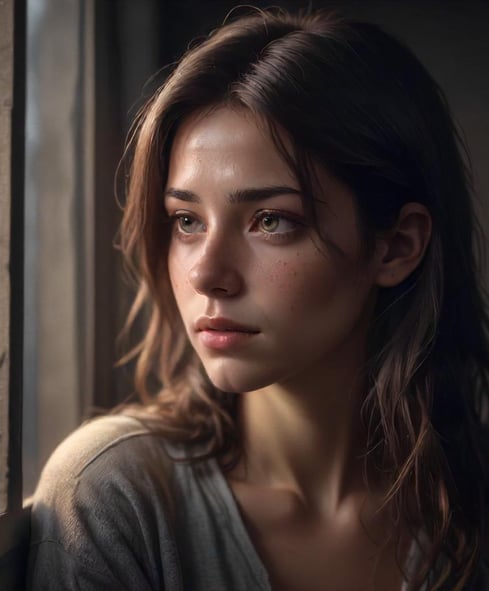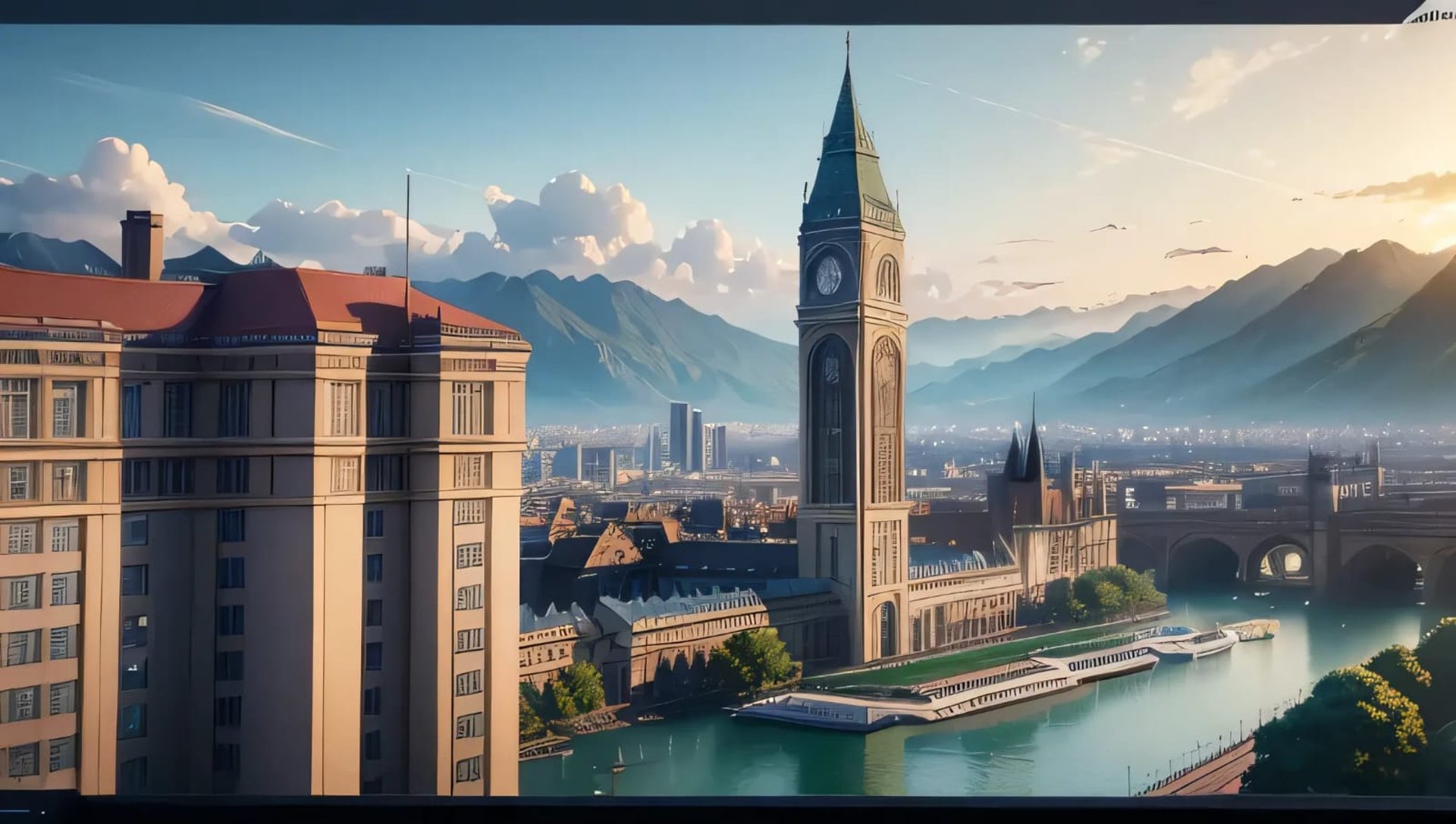
Interpretation
What do you see in front of you?
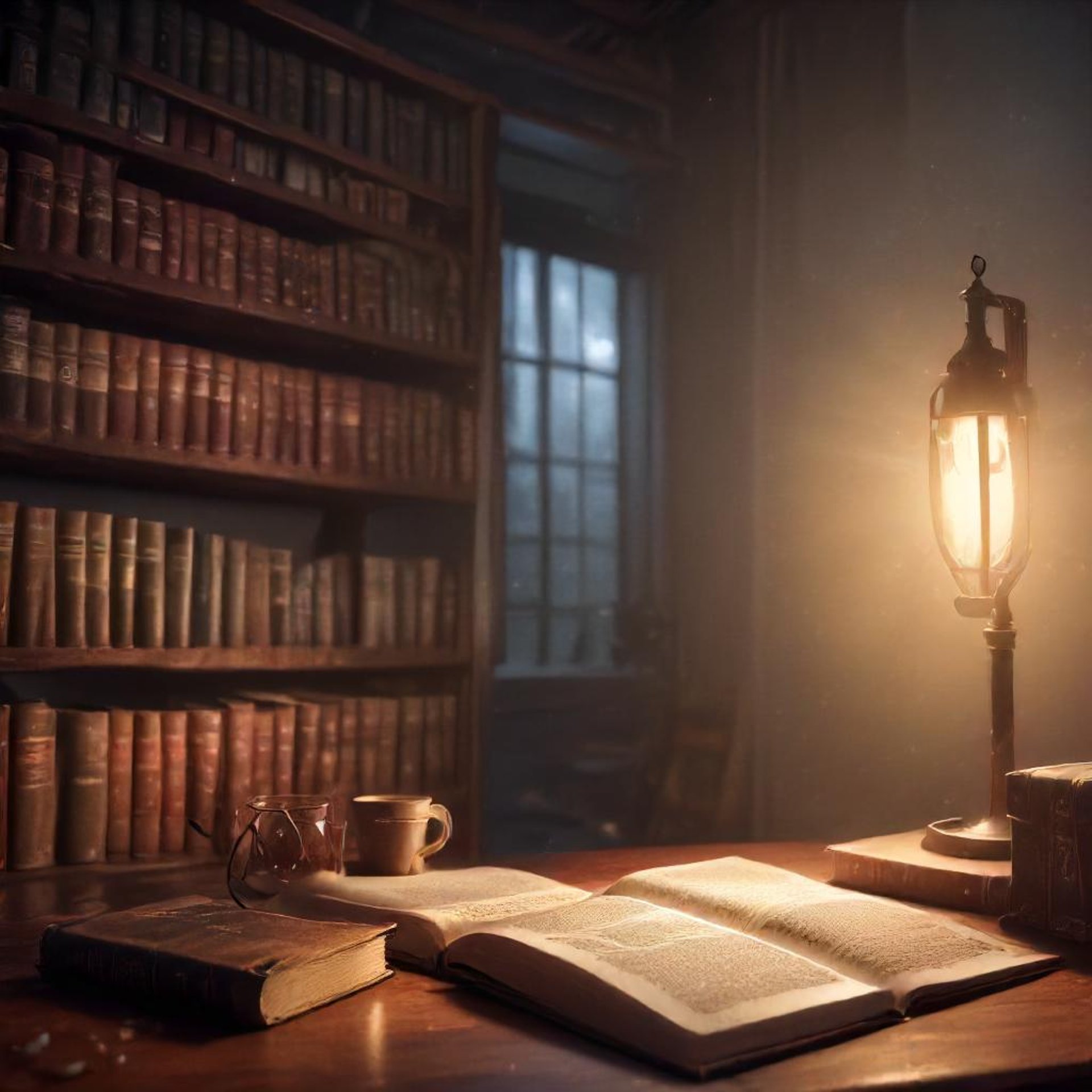
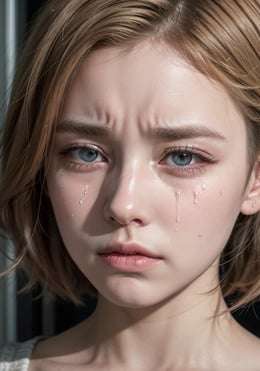

The meaning that a artwork has for its creator is usually linked to some idea or motivation.
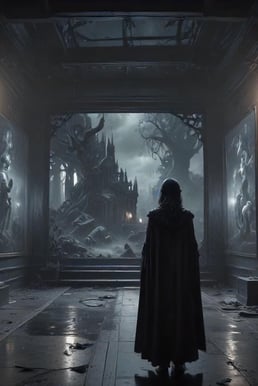



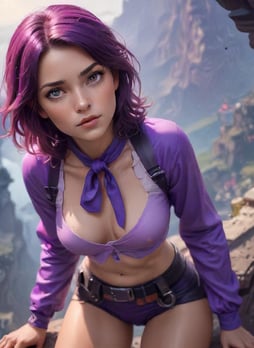

But with the change in our understanding of artistic appreciation, the most important point for artists is spectacularity.
I don't really blame them, this is a race where there is no better accelerator than captivating the users' eyes with something intense.
On platforms like Instagram or X/Twitter where you have less than a second to capture the gaze of your target audience, you need to make the best (or strongest) impression, so the color you use or the image itself, must be pure dynamite, a flash that catches the viewer's eye.
If you happen to have read some of the articles we have previously published on this blog in the "Let meet..." section you might have noticed that artists look for inspiration and ideas to use as seeds that blossom into great images.
So, it's logical to ask yourself; what do you think of when you see a publication by your favorite artist. When you find a work that you like, you look at it, try to understand it, give it a meaning according to your own person or appreciate the visual appeal. any of the above are good reasons, for it is the purpose of art to awaken in each person a different reaction.
It is great that in some cases, you can stop for a moment and observe that in a single presentation of images, you could notice moods of the artist, his tastes, his ideas, or even musical preferences,
It may happen, for example, that the image only represents a character of a game or series, but even in those cases you can notice details that only that specific artist gives to the character, some capture moods, some stages of his life and other ideas that arose in a conversation or trip, but all say something, it is only a matter of understanding what it is and how they say it.
Let's imagine that the presentation does not have a meaning as such, but if you pay attention, you will notice that some artists place a title or a phrase in their publication, sometimes this title or this phrase is intended for the viewer. It is logical, because these publications are curiously in social networks, which indicates that it is a way in which the artist communicates.
Today more than ever we like this idea, each artist has his own story, and although some things coincide, it is very beautiful to know these artists, understand them and know who they are (obviously no one says; Picazo is just an artist who painted weird), and if this continues to grow, it would be great to know who is that artist I like to follow.
Unfortunately, although this sounds great, it did not yield numbers, our magazine partially supported this project, with a pilot phase of 6 months, in which we joined Hendrikson, visiting profiles, touring murals, providing recommendations on artists and the little sponsorship that was needed to start this project. The idea is great but not lucrative.
Today we are leaving but Hendrikson will stay as long as possible, hoping to reach as many people as possible. Every reader is a triumph for this project, and to get us to see each other again as people and not as numbers, leaving aside the arguments in the name of making sure that not everything on the internet is conflict.
